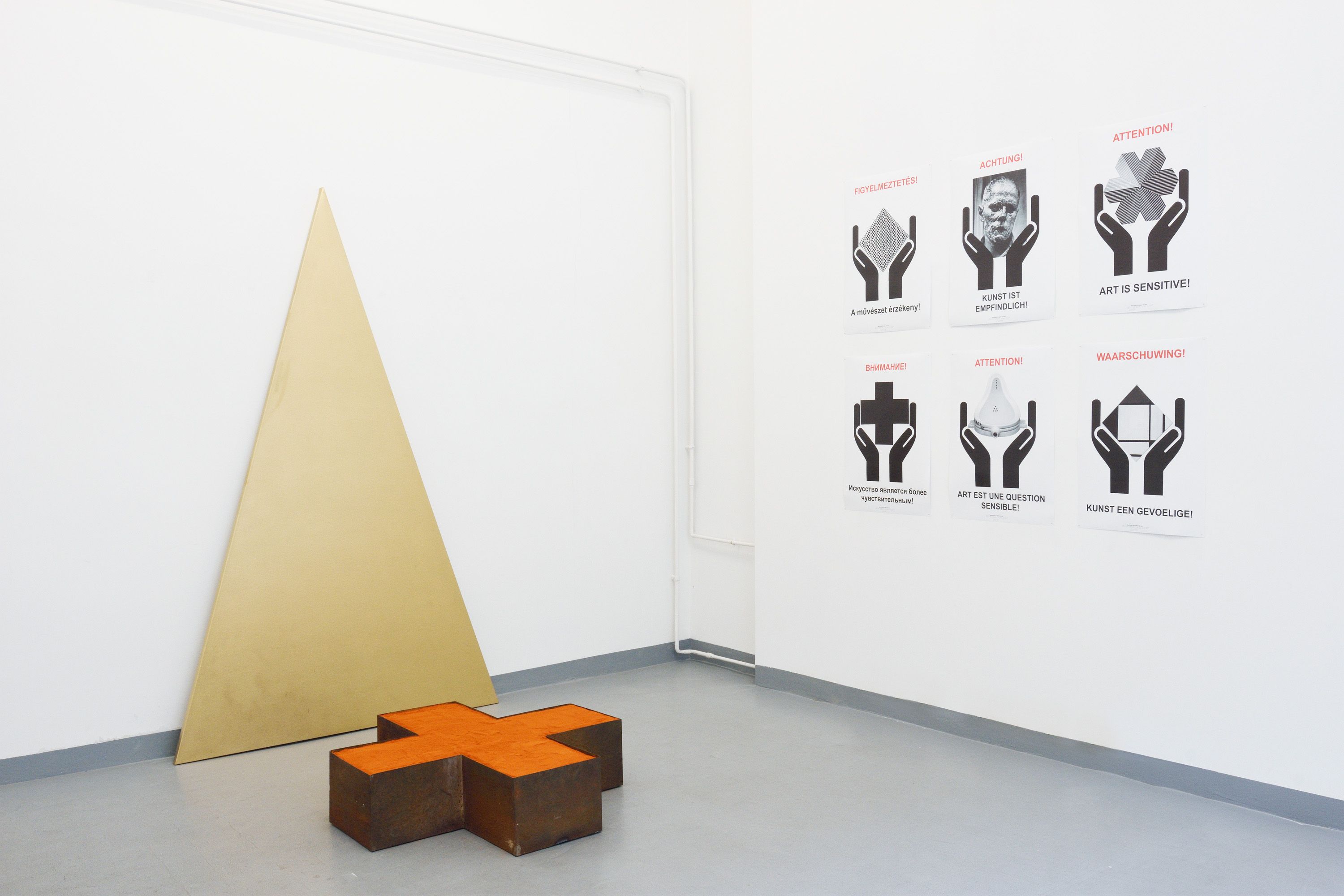Veso Sovilj
Works
| Venue: | acb NA |
| Date: | May 26 – Jun 29, 2017 |
Description
Veso Sovilj (born in 1954 in Zavolje, Republika Srpska, Bosnia) is a conceptual artist and professor at the Academy of Fine Arts in Banja Luka, who was both Mladen Miljanović’s and Selma Selman’s teacher and mentor. The artist, who was one of the most talented individuals in the ex-Yugoslavia art scene of the 1980’s and who despite the Balkan war, chose to stay in Bosnia, has long been concerned with the condition or position of artists and the arts in the country today, the relationship between art, artists, politicians, state and society, the question of what is art today, as well as with the topic of isolation. He uses all available media, from drawing, painting, print, video, object, sculpture to installation, performance and environmental work.
Veso Sovilj’s influence on the conceptual and progressive art scene of Banja Luka is essential. To mark the 30th anniversary of the artistic career of his ‘conceptual father’, his former student Mladen Miljanović realized a short documentary film entitled Do you intend to lie to me? (2011) in which he simulated the arrest of his professor who did not know anything about the action. Basing himself on a conceived but never realized idea of his professor – to make a video while being interrogated in front of a polygraph on the truthfulness of art – Mladen Miljanović prepared the action together with the local police and a special unit from the army. In a climate of high tension characterizing post war Bosnia and coinciding with the chase of war criminal Ratko Mladić, the arrest followed by the interrogation of the professor was accurately spectacular – with the presence of one helicopter and three police cars –, violent and tense.
For Veso Sovilj’s first exhibition in Hungary – organized simultaneously with those of two of his students with the aim to trace back the development of his influence on different artist generations – acb NA presents three installations and one series of posters that refer to the history of ideologies, especially Yugoslavia and Communism, as well as to topoi in the history of art in a critical, witty and playful way. These pieces also introduce the viewer to the professor’s conceptual approach to art as well as to his ontological concerns which are deeply determined by his existence as a Bosnian citizen.
